Tariq Saeedi, Raviliya Kadyrova, Elvira Kadyrova
Greta Thunberg scolded the world in her UN speech and we loved every word of it. We lost no time in recommending her for the Nobel Peace Prize and were greatly disappointed when she didn’t get it.
During her more than one year of very active and vocal campaigning on issues related to environment and climate change, Thunberg has brought awareness to the teenagers worldwide. It is an immense contribution.
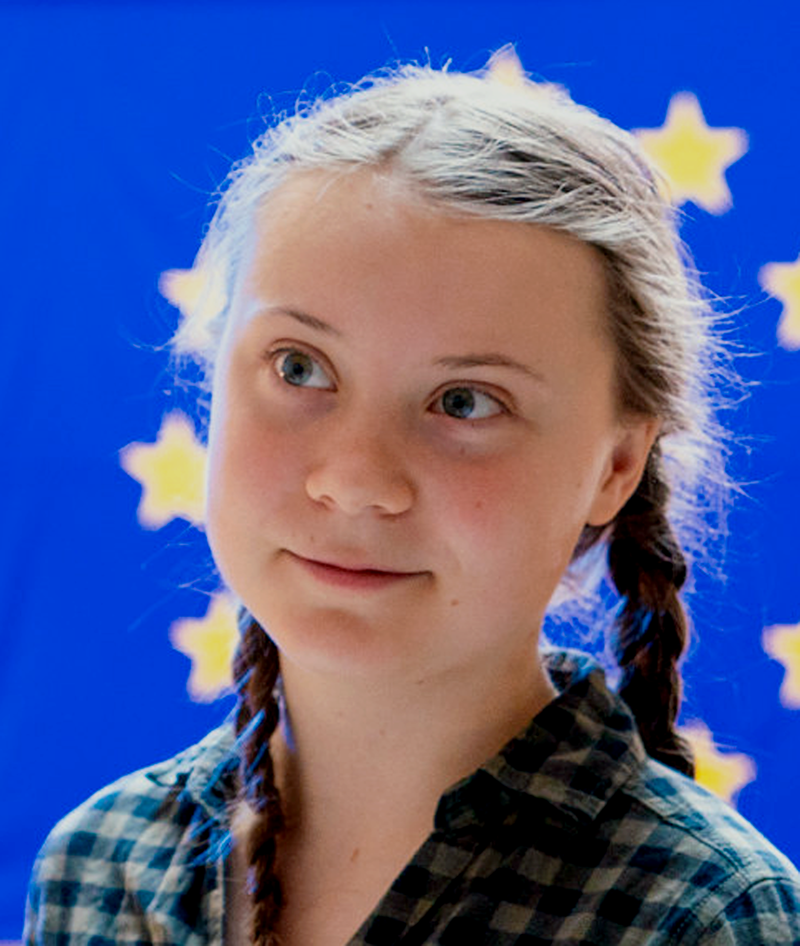
The weekly protests in many cities of the world are called ‘The Greta Effect,’ in acknowledgment of her ability to inspire everyone, particularly the people of her age group.
We are indebted to her and we are obliged to keep her in the limelight to help propel her cause – this is our cause; this is everybody’s cause.

There is, however, the need to broaden the spectrum of our admiration.
There is the need to increase the radius of our spotlight so that the environmental activists and those who have actually made valuable contribution to the cause of environment can be seen with equal clarity.
* * *
The environment is totally messed and most of it happened in our living memory. The outrage of the activists is justified in every possible way.
The outrage of the generation of Thunberg and half a generation above her is directed at their elders and the people in authority – come to think about it, their elders are also mostly the people in authority.
The solutions offered and ludicrously advertised by the sale-same elders are also a matter of anger.
They have been trying to distract the attention by providing bio-degradable straws and six-pack rings. Actually, most of the pollution in the seas is because of the discarded fishing nets and the toxic industrial effluent. The land pollution is greatly composed of plastic bags and packaging materials.
Without any drastic restructuring of the producer-and-consumer societies this planet could become uninhabitable in the foreseeable future.
Spreading awareness is an urgent task.
A very serious question is facing us: Is awareness an acceptable substitute for action?
The supplementary question within this is: Why do we love the noise created by the environmental activists but ignore anyone who actually contributes to the betterment of the environment?
* * *
Here are a few people who deserve proportional, if not equal, attention we have so rightly accorded to Greta Thunberg:
Boyan Slat
Boyan Slat (born 27 July 1994) is a Dutch inventor and entrepreneur who creates technological solutions to global problems. He is the founder and CEO of The Ocean Cleanup; a Dutch foundation which develops advanced systems to rid world’s oceans of plastic.
Age 18, Boyan devised a concept which utilises the natural oceanic forces to passively catch and concentrate ocean plastic, through which the theoretical cleanup time could be reduced from millennia to mere years. In February 2013 he dropped out of his Aerospace Engineering study at TU Delft to start The Ocean Cleanup.
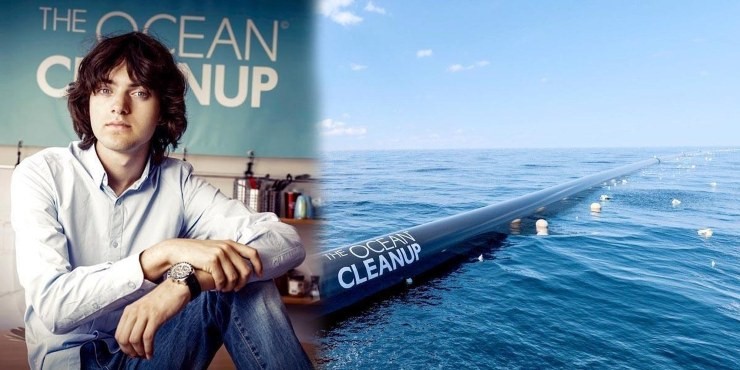
As The Ocean Cleanup’s CEO, Boyan currently gives lead to a team of about 80 people, but spends most of his time on research and engineering, through which he co-authored about a dozen scientific papers and multiple patents.
After 4 years of reconnaissance expeditions, testing and many design iterations, on September 8 2018 the world’s first ocean cleanup system was launched from San Francisco, soon after followed by deployment inside the Great Pacific Garbage Patch.
The solutions and inventions of Boyan Slat are literally cleaning up the oceans.
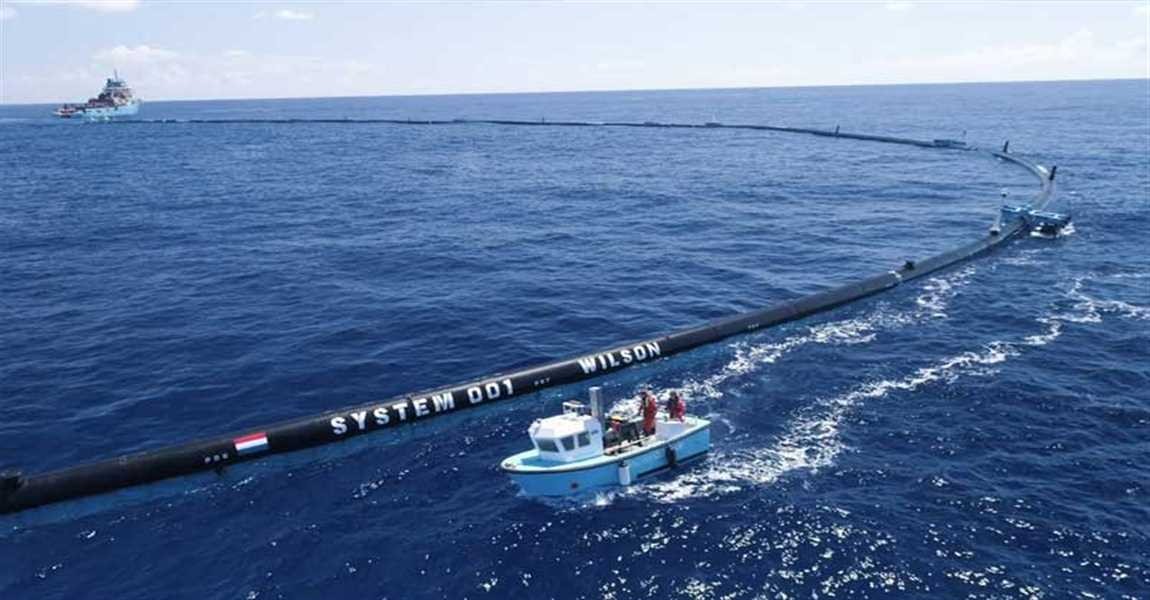
Personal website of Boyan Slat – https://www.boyanslat.com/
The Ocean Cleanup – https://theoceancleanup.com/
Jadav Molai Payeng
Jadav Molai Payeng (born 1963) is a school dropout from India. He is known as ‘Forest Man.’
For nearly 40 years he has been planting a forest singlehandedly on the Majuli Island on the Brahmaputra River. It has taken decades but that forest today spans over 1,300 acres.
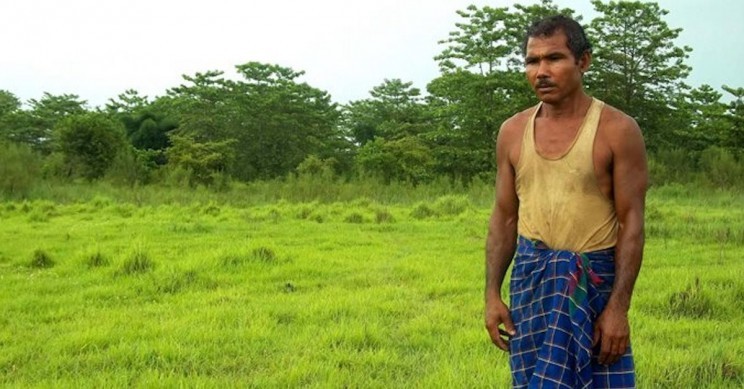
In 1979 Majuli suffered a particularly devastating flood. Jadav Payeng, then a young native of the island, recalled how in its aftermath hundreds of snakes had been swept up in the flood and then lay dead, piled up in the baking heat.
The hellish scene inspired Jadav Payeng, now 58-years-old, to take action. Shortly after, he took the first step in what would become a massive undertaking: he planted seeds.
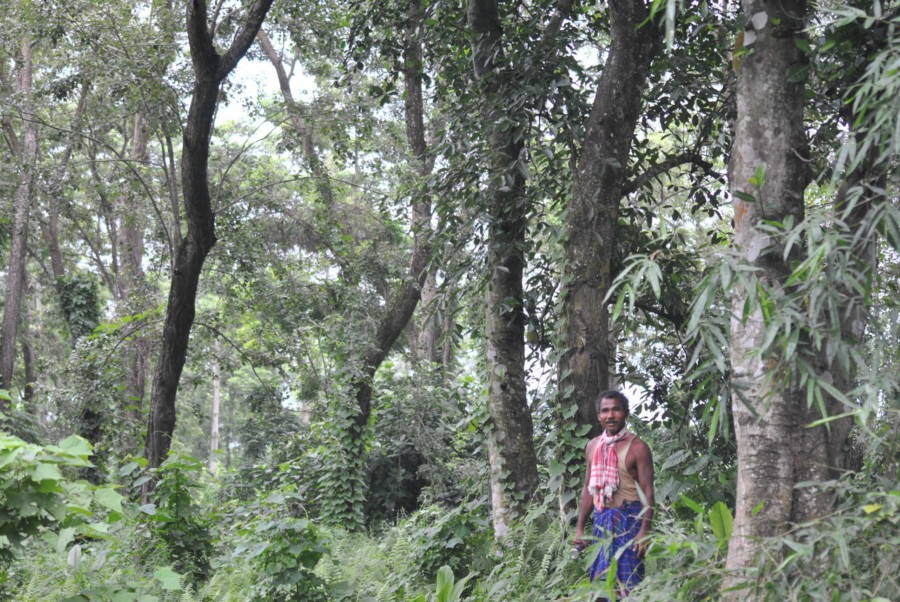
As Payeng recalled the impetus for his guerrilla gardening, “When I saw it, I thought even we humans will have to die this way in the heat. It struck me. In the grief of those dead snakes, I created this forest.”
The piles of dead animals who were unable to find shelter in the sandbars made him realize that without trees, the human inhabitants of the ecosystem were at risk of a similar fate.

Payeng reasoned that the trees’ roots would bind the soil and soak up excess water which would help to prevent future floods and sinking land. With this in mind, Jadav Payeng simply began to drill deep holes into the land with a stick, into which he then poured seeds.
Jadav Payeng was no government-certified specialist and his technique was far from complex, but some 40 years later his simple strategy has paid off.
Today, the seeds Payeng has scattered have grown into a forest larger than Central Park. The once-barren wasteland is covered by an approximately 1,360-acre forest (compared to Central Park’s 840-acred one).
The Molai forest now houses Bengal tigers, Indian rhinoceros, reptiles, over 100 deers, and rabbits in addition to monkeys and several varieties of birds, including a large number of vultures.
The Forest Man claims he only started the process and then let nature take its course. “You plant one or two trees, and they have to seed. And once they seed, the wind knows how to plant them, the birds here know how to sow them, cows know, elephants know, even the Brahmaputra River knows.”
The outside world remained largely unaware of Payeng’s triumph for decades. It wasn’t until a group of forest department officials in pursuit of a herd of destructive elephants stumbled into the region in 2008 and were “surprised to see such a large and dense forest.”
Development Channel – https://www.developmentchannel.org/2017/08/03/forest-man-of-india-story-of-jadav-molai-payeng/
Interesting Engineering – https://interestingengineering.com/jadav-payeng-the-man-who-planted-an-entire-forest-by-himself
ATI – https://allthatsinteresting.com/jadav-payeng
Elif Bilgin
“‘Genius,’ Thomas Edison famously said, “is 1 percent inspiration and 99 percent perspiration.” He would have found a kindred spirit in Elif Bilgin, 16, of Istanbul, winner of the 2013 Science in Action Award, part of the third annual Google Science Fair. “ –Mariette DiCristina, Editor-in-Chief of Scientific American.
Born in 1997, Elif Bilgin is a young scientist originally from Istanbul, Turkey.
Growing up, she was always a curious child, eager to learn at every opportunity. She taught herself how to read and write at the age of 4, which allowed her to read books about science, perhaps laying the foundation for the adventures she would embark on in the future. She also began inventing at an early age, with her first project of developing manual window wipers for her glasses when she was 8.
Throughout elementary and middle school, she participated in numerous science fairs, placing first with projects such as “Designing a Car Powered by Wind” or “Soilless Farming.”

When she was 14, inspired by the urge to alleviate the plastic pollution in the Bosphorus in Istanbul, Turkey, she began her project of inventing a method to make bioplastic out of banana peels. She worked on this project for 2 years, and overall conducted 12 experiments, 10 of which failed. After getting successful results from her experiments, she entered her project to the Google Science Fair 2013 competition.

In September 2013, she became a winner of the Google Science Fair 2013, as the winner of the “Scientific American Magazine’s Science in Action Award” and the “Voters’ Choice Award.” After her success at the Google Science Fair, she has been a guest speaker at various conferences such as Google Zeitgeist 2013, TEDx Vienna, The European Union’s Innovation Convention, TEDx Diyarbakir, and has visited CERN after an invitation from Professor Bilge Demirkoz.
What Elif saw that others missed was that a banana peel, essentially waste material, can be put to better use by being recycled and fashioned into bio-plastics. Below is how she did it:
Preparation of banana skins:
- The peels of the bananas were removed using a stainless steel knife.
- An 800ml beaker was filled with distilled water and placed over a Bunsen Burner.
- The banana peels were placed in the beaker and were boiled for 30 minutes.
- After the boiling process, the beaker was removed from the Bunsen burner and the peels were decantated off the water and placed on and covered with a dry gauze pad, left to dry for 30 minutes.
- After the peels were dried, they were placed in a clean 800ml beaker.
- Using a hand blender, the peels were pureed until a fluid paste was formed.
Production of the plastic:
- 25ml of banana paste was placed in each 50ml beaker.
- 3ml of HCl was added and the mixture was mixed using a glass stirring rod.
- 2ml of propan-1, 2, 3-triol was added to each beaker. The mixture was stirred again.
- 3ml NaOH was added and the mixture was stirred once more.
- The mixture was poured into a petri dish and put in the oven at 130°C. It was baked for half an hour.
Over the years, she has gotten a chance to meet many influential leaders/innovators such as Larry Page (founder of Google), Richard Branson (founder of the Virgin Group), Sam Palmisano (former CEO of IBM) and José Manuel Barroso (President of the European Commission).
The past two summers, she’s had the opportunity of interning at Virgin Galactic, where she worked on developing a sensor kit for the passenger seats of the spaceship Unity, and Oracle, where she worked as an intern software developer.
Currently, Elif is a senior in college, double majoring in Biomedical Engineering and Computer Science.
Website of Elif Bilgin – https://www.elif-bilgin.com/about-us/
The Extraordinary – https://www.thextraordinary.org/elif-bilgin
Aidan Dwyer
Young scientist Aidan Dwyer, known to many in the scientific world as a genius, came to fame after he discovered a new breakthrough and more efficient way to collect solar energy. Aidan’s discovery has since caused a sensational debate between other scientists over the internet after he concluded results from his solar tree experiment generated between 20%-50% more energy than standardized commercial flat panel solar panels. The theory and results behind Aidan’s breakthrough would be grounded in both nature and science.
Thirteen year-old Aidan Dwyer sent the scientific community into frenzy after he released his breakthrough discovery of increasing solar collection by up to 50% in 2011. Aidan’s discovery has made the next quantum leap in solar collection by instead of having only flat panels on people’s rooftops for solar collection, they may consider a viable alternative by having a solar tree or multiple solar trees.
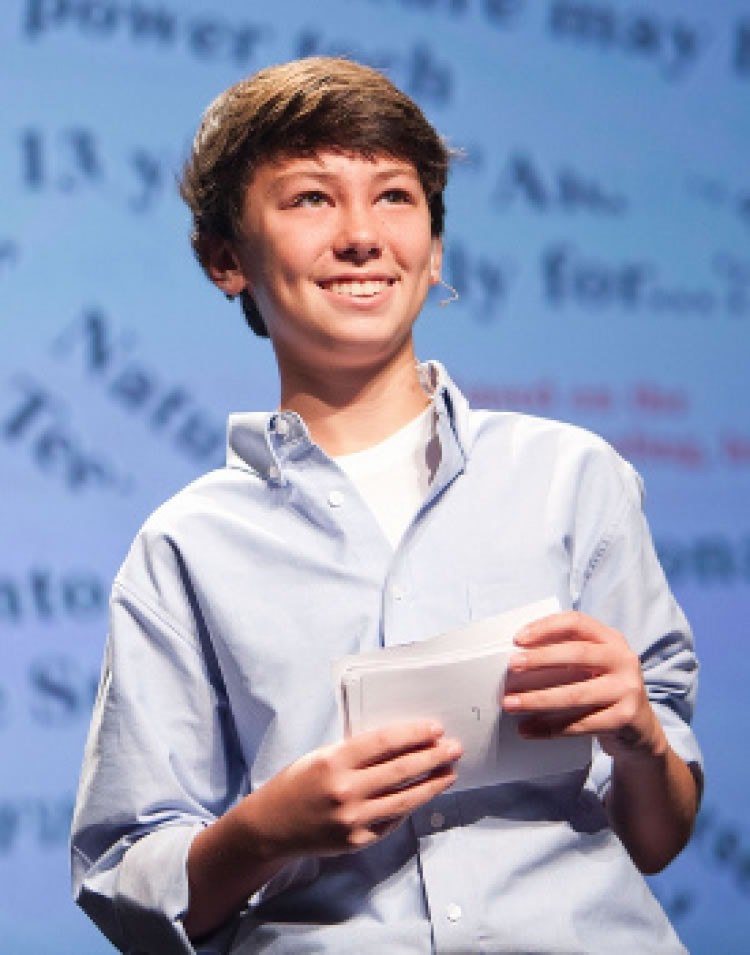
Aidan’s discovery is that the tree branches spiral up a tree trunk following a mathematical formula of a medieval mathematician Fibonacci. His concept model of replacing tree branches and leaves of a tree with multiple tiny solar panels were tested over several months and then compared to a solar flat panel model.
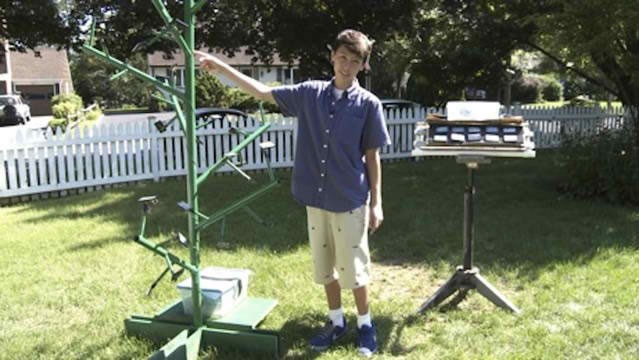
The results were astounding – with Aidan’s solar tree model collecting up to 50% more sunlight than the standard solar flat panel.
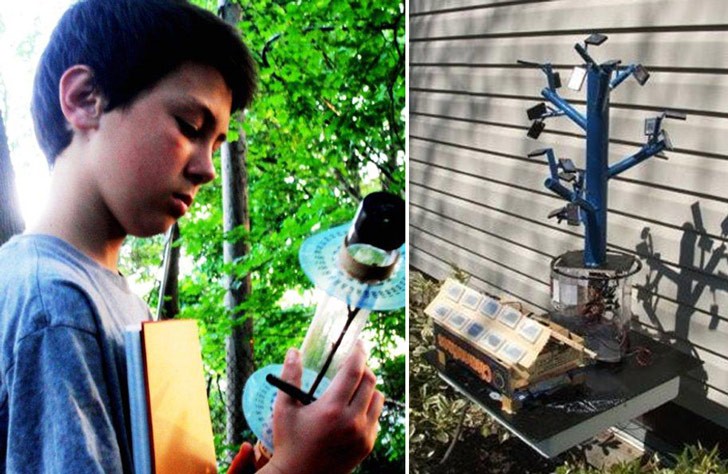
The application for Aidan’s discovery has seen a new frontier opening up in the way scientists are now considering solar collection and their reevaluation of nature as a cornerstone of efficiency when it comes to natural solar energy collection design.
“Oil is running out, and we need new alternative sources of energy,” says Aidan and the finding that his solar tree is collecting up to 50% more sunlight than flat solar panels has been a huge breakthrough.
The Extraordinary – https://www.thextraordinary.org/aidan-dwyer
Inhabitat – https://inhabitat.com/13-year-old-makes-solar-power-breakthrough-by-harnessing-the-fibonacci-sequence/
Kevin Kumala
Kevin Kumala, founder of AVANI Eco, was worried about the future of the beaches and marine life on and around his island home of Bali. He identified the plastic bag as one of the biggest threats to the ocean ecosystems. Rather than requiring humans to stop using all bags, Kumala believed he should design a better product that would make it easier for people to make the shift from plastic to eco-friendly. After some tinkering, he created a biodegradable bag made from cassava roots and natural starches. They claim their greenness loudly with the words “I AM NOT PLASTIC” branded to their sides. The bags are also harmless for animal consumption.

From cassava to bags and from sugar cane to cups, Kevin Kumala is not short of ideas for reducing the amount of plastic waste damaging the environment.
A biologist by training, the young man looked for solutions and thought about using cassava to replace the plastic in bags. It is inexpensive and is produced widely in Asia. A bag made from cassava starch takes three to six months to completely degrade, versus many years for a standard plastic bag. And cassava starch bags dissolve completely in hot water at 80 degrees.
Unlike other biodegradable alternatives to plastic, no oil is needed to produce it, it is totally sustainable, organic, and not harmful to the environment, humans or animals which can ingest it without it causing problems.
Putting his ideas into action, Kevin Kumala created his company in Bali, Avani Eco and opened a production unit on the nearby island of Java.

His company has been producing shopping bags from cassava starch since 2015, but it has also developed “lunch boxes” made from sugar cane, smoothie and salad containers made from corn starch and even eco-ponchos made from soya and sunflower seeds! The young entrepreneur’s militant approach is clearly displayed on the back of all his products – they say “I am not plastic”.

LivingCircular – https://www.livingcircular.veolia.com/en/eco-citizen/kevin-kumala-tackles-plastic-waste-bali
AVANI – https://www.avanime.eco/about
Nigerian Quartet
Four Nigerian teen girls wowed visitors to Maker Faire Africa by creating a generator that is powered with pee. Using a resource that everyone has, the girls developed a generator that produces six hour of power for one liter of urine. At only 14 and 15 years old, the students are an inspiration for renewable energy developers everywhere and one can only imagine how useful a pee-powered energy generator would be in natural disasters or emergency situations.
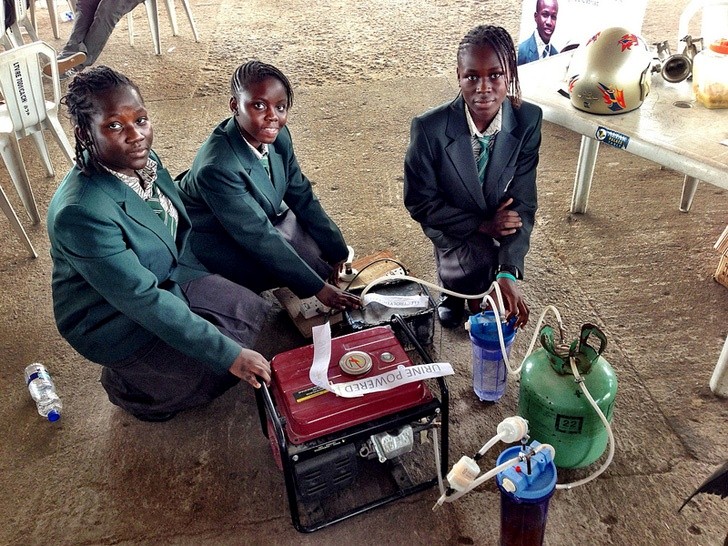
Duro-Aina Adebola, Akindele Abiola, Faleke Oluwatoyin and Bello Eniola aren’t even college grads — the young inventors barely in their teens! Growing up in a region with little natural resources, the girls were inspired to take on the challenge of creating an alternative energy system that could be further developed to solve energy solutions in their community.
The girls’ device removes valuable hydrogen from the urine, isolating it so it can be used as an energy source. The average person produces about two liters of urine a day, so the girls’ generator can easily be operated by an individual. One liter is put into an electrolytic cell, which separates the hydrogen. The hydrogen is then purified with a typical water filter, and extracted into a gas cylinder. The hydrogen’s journey is not over yet, though; it is then squeezed into another cylinder of liquid borax, which removes any excess humidity from the hydrogen. The hydrogen, now pure, can then be used in the generator.
Although the system produces six hours of electricity, it is not a stand-alone generator, as it requires electricity to initially power the electrolytic cell. Hydrogen is also volatile, so containing any amount of the pure gas is risky. But still, it’s a pretty impressive accomplishment for three girls who aren’t even old enough to legally drive. We can only imagine the great accomplishments in renewable energy they will achieve in the future.
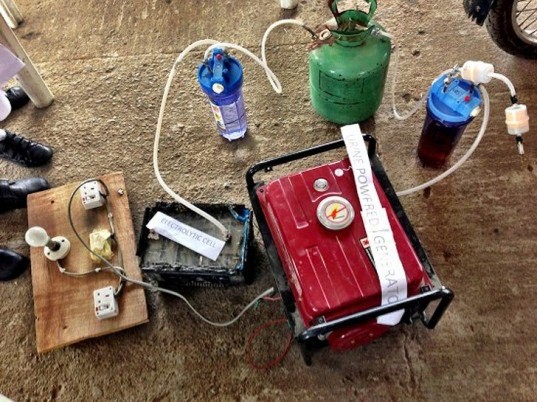
According to The Next Web’s Emil Protalinski, the urine-powered generator — which can turn one liter of urine into six hours of electricity — works like this.

Urine is put into an electrolytic cell, which cracks the urea into nitrogen, water, and hydrogen.
The hydrogen goes into a water filter for purification, which then gets pushed into the gas cylinder.
The gas cylinder pushes hydrogen into a cylinder of liquid borax, which is used to remove the moisture from the hydrogen gas.
This purified hydrogen gas is pushed into the generator.
So next time you pee and are about to flush it away to the pee’s happy hunting grounds, think about how these girls are so young and smart and innovative. And ask yourself, would you like a lower electric bill? Would you be willing to pee to get it? More importantly, do you want to be a person who, metaphorically, just pees and flushes, or do you want to be a hero?
Inhabitat – https://inhabitat.com/four-african-teens-create-pee-powered-energy-generator/
Grist – https://grist.org/business-technology/pee-powers-this-generator-invented-by-four-african-teens/
RusselSmith – https://russelsmithgroup.com/innovation-lives-here/four-african-girls-create-generator-uses-urine-fuel/
https://www.greenoptimistic.com/teenagers-top-green-inventions/
https://www.buzzworthy.com/10-inventions-to-save-the-earth/
* * *
While we should remain in awe of the environmental activists and their attention-grabbing tactics, there is the urgent need to find the space to encourage those who are actually doing something to improve the health of our environment. /// nCa, 21 October 2019